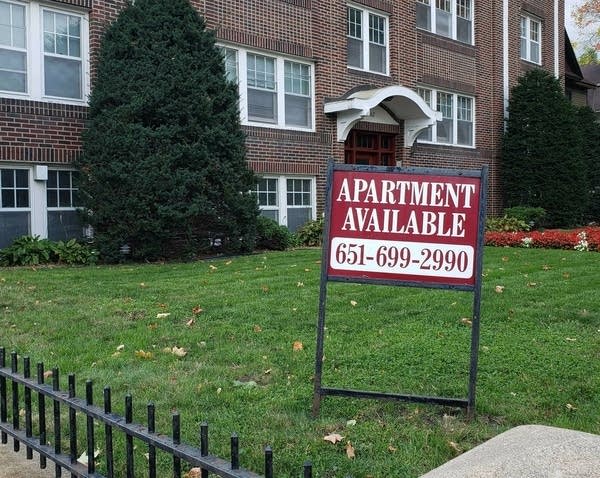Twin Cities at forefront of guaranteed basic income experiment
Hundreds of families receiving $500/month with no strings attached

A sign advertising an apartment for rent on Marshall Ave. in St. Paul.
MPR News file photo
Go Deeper.
Create an account or log in to save stories.
Like this?
Thanks for liking this story! We have added it to a list of your favorite stories.


